Warning signs of a widening water crisis in the Pacific Northwest are everywhere—a variety of groups are jumping to address them
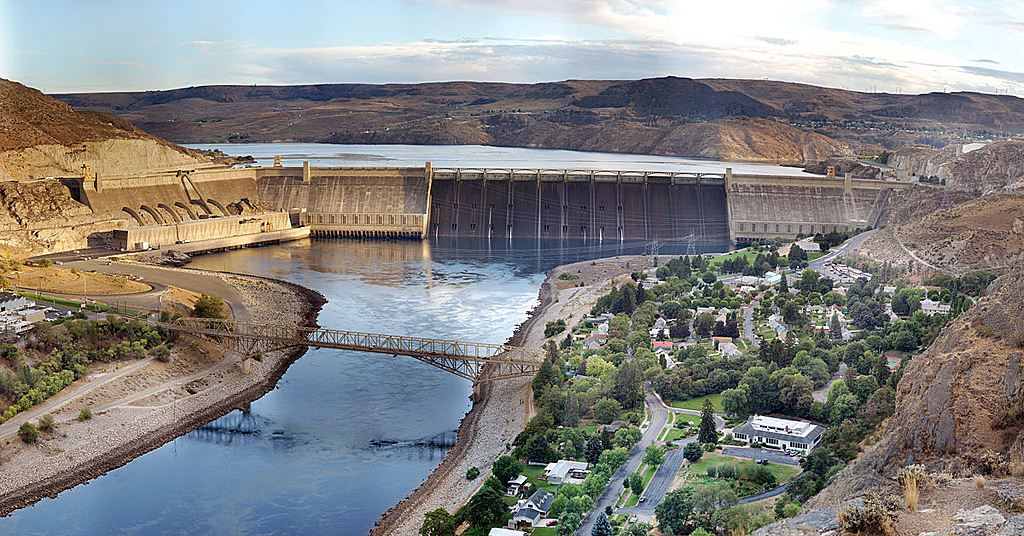
Hot topic: Washington’s Grand Coulee Dam is the largest federal storage reservoir on the Columbia River system. Water temps surrounding dams are under scrutiny. Photo: Wikimedia Commons
By Grant Stringer. February 2, 2023. You’re likely within easy reach of clean, healthy water right now. You probably take this fact for granted.
But Pacific Northwest waterways, and the water we all depend on, face a slew of challenges.
Less rain and snowpack. Impure drinking water. Rivers too hot for endangered salmon. Deteriorating infrastructure. Each of these problems flags a looming crisis across the region.
But this year, major policies enacted by federal, state and tribal governments—as well as efforts by environmental groups—will shake up the status quo, and begin seriously addressing issues decades in the making.
On January 11, at the Environmental Law Education Center’s Clean Water Conference in Portland, federal and state agency chiefs, researchers and consultants detailed plans to address everything from water rights, toxic salmon and aging infrastructure to the impacts of dams on water temperatures in the Columbia and Snake rivers.
A key lawmaker in the Oregon Legislature, Rep. Ken Helm (D), chair of the House Committee on Agriculture, Land Use, Natural Resources and Water, described a deluge of water-focused bills coming in this year’s legislative session.
Three key developments for 2023 emerged from the all-day conference.
Water temps around dams will be regulated … but how?
For the first time, the federal agencies operating 10 dams within or bordering Washington will have to help cool down the overheated Columbia and Snake rivers.
Scientists have known for a long time that in addition to obstructing migrating fish, dams also heat rivers by creating, large stagnant reservoirs.
Water in these reservoirs can become fatally hot for salmon and steelhead. The impacts are compounded by climate change, according to the EPA.
In 2015, an estimated 250,000 sockeye salmon died between Bonneville Dam in the Columbia and their spawning grounds in the Snake River because of extreme heat.
Environmental organizations, including the nonprofit Columbia Riverkeeper, as well as the Northwest Sportfishing Industry Association, scored a big win in 2021 by helping the Washington State Department of Ecology to compel the U.S. Army Corps of Engineers to regulate heat as a pollutant under the Clean Water Act.
Last year, Ecology issued its first permits regulating temperature for eight dams on the Columbia and Snake rivers, including the Bonneville Dam. This year the agency is working through the same process with the EPA for the Grand Coulee and Chief Joseph dams.
Meanwhile, the Oregon Department of Environmental Quality is crafting its own regulations for federal dams.
[perfectpullquote align=”full” bordertop=”false” cite=”” link=”” color=”” class=”” size=””]“It’s not like you can just flip a switch and change the temperature of the river.”[/perfectpullquote]
Yet it’s still unclear how the U.S. Army Corps of Engineers and Bureau of Reclamation, which operate the dams, will curb their heating impacts.
James Rabe, a spokesperson for the Corps, said the agency is committed to protecting fish populations, but added “there is limited opportunity to change water temperatures through operational changes or structural modifications.”
Miles Johnson, an attorney with Columbia Riverkeeper, acknowledged that aspirations and abilities don’t necessarily line up.
“It’s not like you can just flip a switch and change the temperature of the river,” Johnson said.
Public outcry and policy changes are forcing the issue of warming rivers. Now comes the hard part—figuring out how to make rivers cooler.
A push to pause new water rights in Oregon
Oregon Rep. Ken Helm is a Democrat and environmental lawyer. Republican Rep. Mark Owens is an Eastern Oregon alfalfa farmer.
They say they’re an unlikely team to overhaul one of the state’s thorniest issues: water rights.
But during Oregon’s 2023 legislative session, which began in January, the lawmakers will introduce a bill freezing new water rights permits until state regulators assess how much water remains in aquifers and streams. Right now we simply don’t know.
They’ll introduce the bill in several weeks, Owens told Columbia Insight.

Water wings: Helm (left) and Owens. Photo: Offices of Ken Helm and Mark Owens
If the ambitious proposal becomes law, the Oregon Water Resources Department would be required to create a “budget” showing exactly how much water flows in and beneath the state’s basins. And how much can be allocated to thirsty users.
The state wouldn’t grant new water permits until scientists complete their assessment; in the meantime, permit applicants would enter an online waiting queue.
When the study wraps up, applicants would be free again to snag water rights—if there’s enough to go around.
Helm and Owens say their plan won’t impact existing water rights holders. Its goal is to protect senior water rights holders from the environmental and economic harms of draining the state’s water supply, Owens said, which scientists expect will ebb as Oregon’s climate becomes hotter and drier.
Until recently, it was the policy of Oregon regulators to approve new water rights absent clear evidence of a shortage. But, with limited measurements of water supply, for years regulators have approved more water rights than what water likely exists.
The problem hit home in Owens’ Harney County in 2015 when state regulators stopped issuing permits because they’d over-allocated the basin.
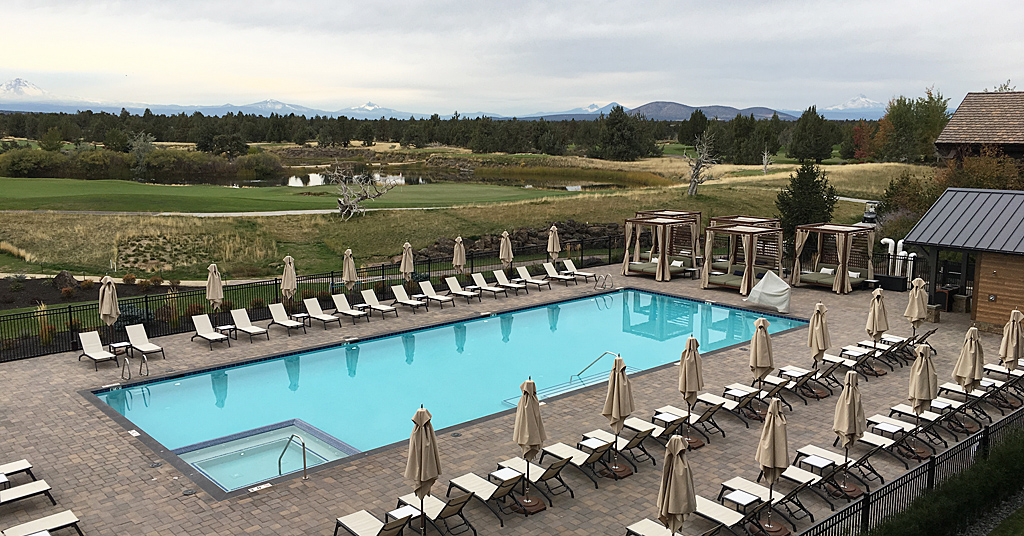
Tenuous truce: Development, golf courses and persistent drought east of the Cascades. Photo: Chuck Thompson
It’s unclear how long the bill would pause new water rights throughout the state or how it would interact with the state water department’s own overhaul of its permitting process, which is expected to wrap up this spring.
Kimberley Priestley, senior policy analyst for the advocacy group WaterWatch of Oregon, expressed concern about the plan.
“While we appreciate the representatives’ attention to Oregon’s water crisis, we do not believe a blanket moratorium on issuing new water rights is the right approach,” she wrote in an email to Columbia Insight.
Priestley expressed concern that the bill would outlaw new instream water rights, which are held by the state government to protect water in streams, rivers and lakes for ecological health and public use. The Oregon Water Resources Department has moved to secure more instream rights with its strategic plans.
“We have been unable to get any assurance that instream flow protections are not a target of this bill. Without that, this just looks like one more way to harm Oregon’s rivers and the people, fish and wildlife that depend on them,” Priestley wrote.
Helm said he believes the bill will quickly travel through the Legislature with the blessing of Speaker Dan Rayfield (D).
He expects opposition from advocacy groups.
“Mark and I are not going to shy away from that,” Helm said.
Mega-spending on water is here
In 2021, President Joe Biden pitched the Bipartisan Infrastructure Law as a trillion-dollar investment in roads, bridges, rails and the internet.
It also contained the single largest allocation the EPA has ever received, according to the agency.
The law pumped $79 million into the EPA’s Columbia River Basin Program, which funds projects to prevent and address pollution in the U.S. portion of the 258,000-square-mile river basin.
Last year, the agency doled out almost $7 million to 25 projects aiming to reduce toxic pollution in the basin and in its fish. Much more will be spent this year.
State and federal lawmakers called for more funding last year after an Oregon Public Broadcasting and ProPublica report alleged state and federal agencies “have failed to consistently monitor the waters of the Columbia River Basin for pollution in fish.”
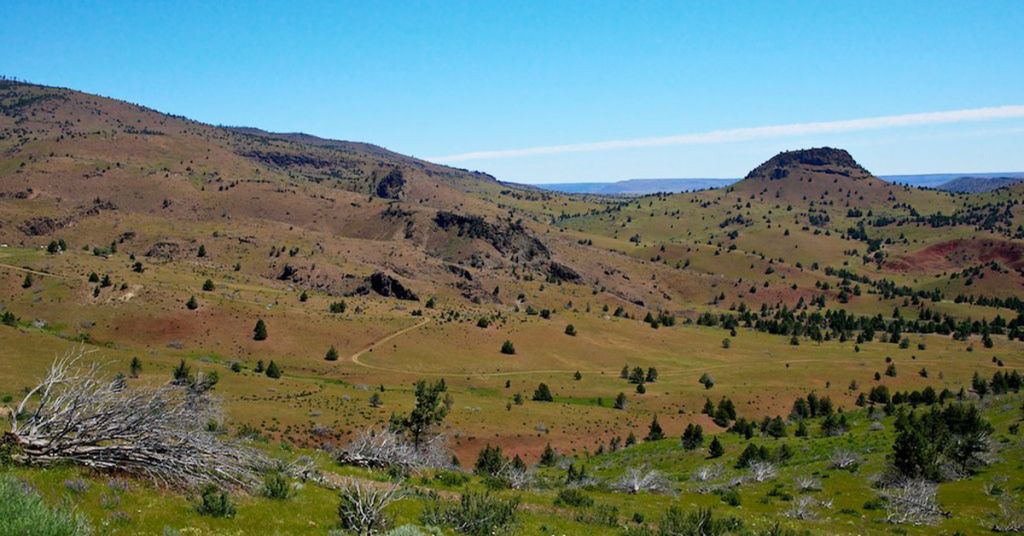
Central feature: In arid central Oregon, the Warm Springs Indian Reservation lacks sufficient water treatment facilities. Photo: Tom Almy/CC
Addressing an issue followed by Columbia Insight, almost $13 million from the infrastructure law will contribute to the cost of a new water treatment plant on the Warm Springs Indian Reservation in Central Oregon. As this video produced by Columbia Insight shows, deteriorating infrastructure has cut off thousands of Warm Springs residents from reliable access to safe drinking water.
The EPA is picking up the rest of the Warm Springs project’s almost $24 million cost, according to Marshall Cohen, a spokesperson for the Indian Health Service. He said the agency is reviewing planning and contracts before construction begins.




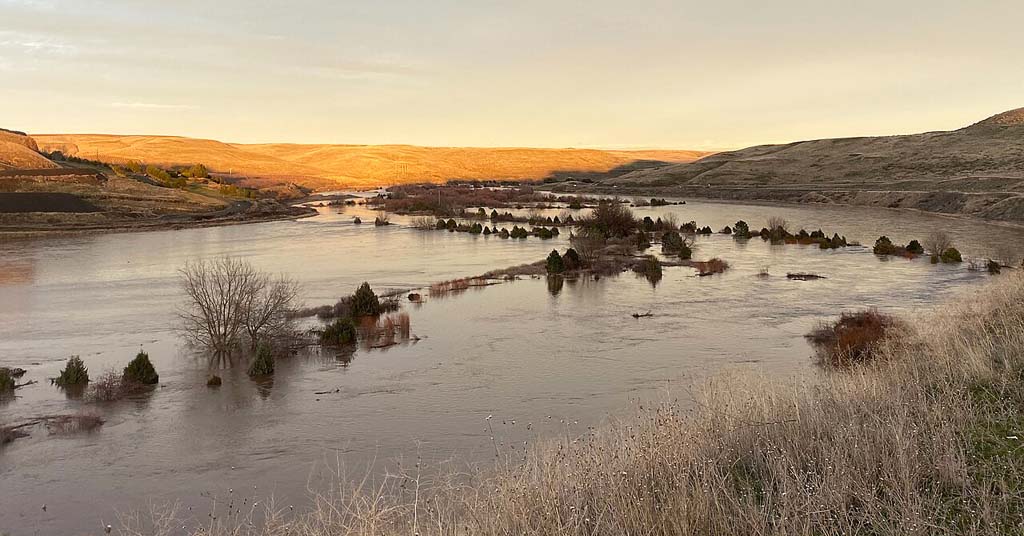

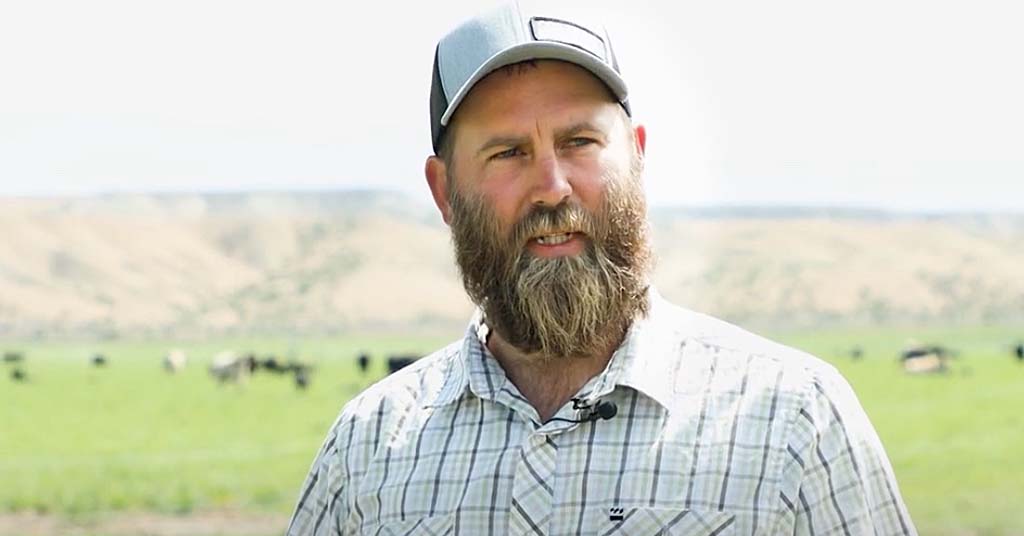
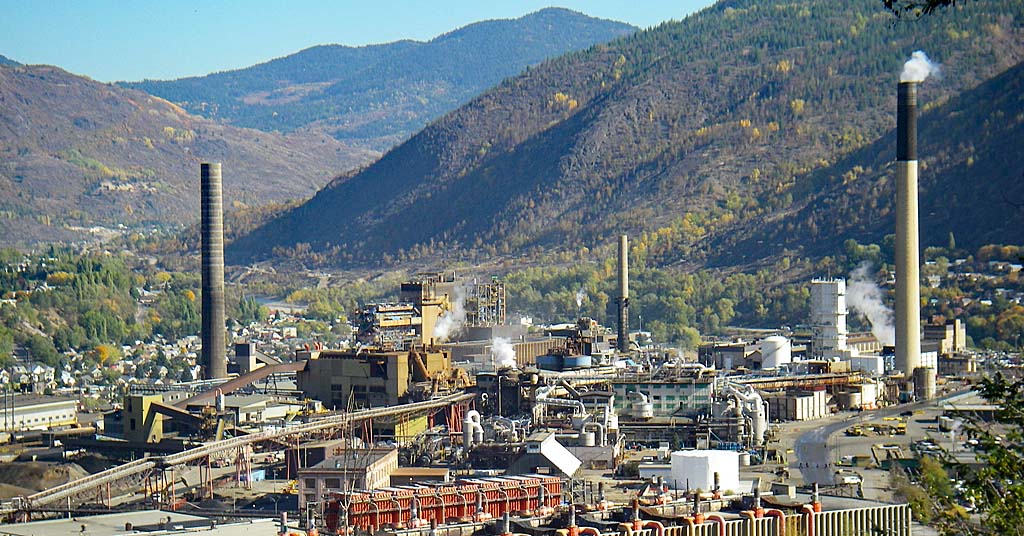



Good story Grant. It’s a complicated issue. I hope the 2 legislators take the long term view on what’s best for river systems.
So we’re going to believe in the same bureaucrats who led us into this catastrophe, to deliver us out? How Disneyesque.
And I’ll believe “officials” are serious about water issues when they include freezing new residential well permits in their plan of attack.